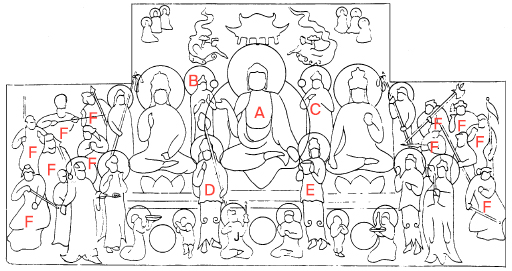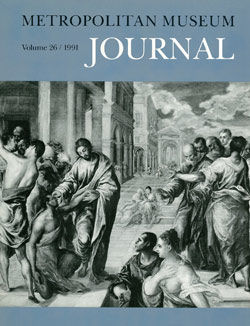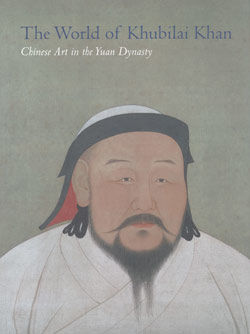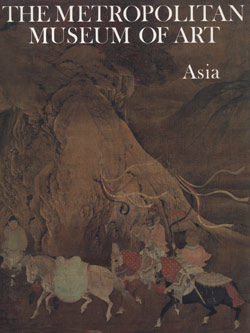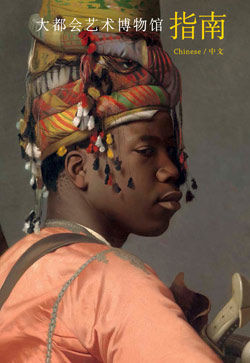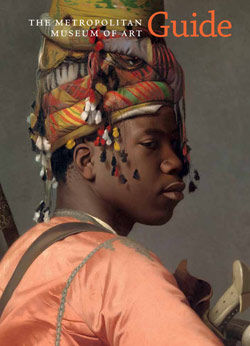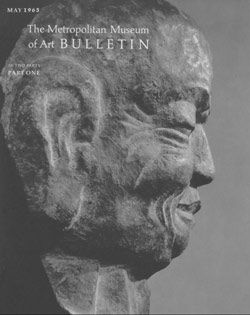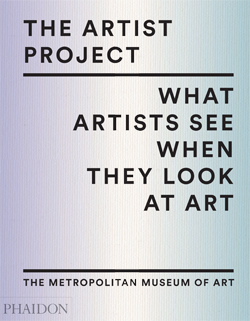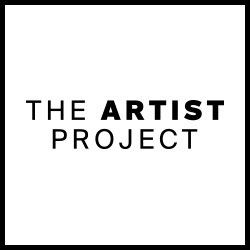Buddha of Medicine Bhaishajyaguru (Yaoshi fo)
Iconography:
Bhaishajyaguru (A), the Buddha of Medicine, sits on a lotus throne surrounded by an assembly of deities. Standing to either side of the central figure are the Buddha’s attendant bodhisattvas: Candraprabha (B), or Yueguang Pusa 月光菩薩, and Suryaprabha (C), or Riguang Pusa 日光菩薩. They can be identified by the adjacent white moon and the red sun, respectively. Two larger bodhisattvas are seated to the right and left of the smaller standing figures. Two secondary bodhisattvas at lower left and lower right carry a monk’s staff and medicine bowl (D and E), Bhaishajyaguru’s traditional attributes. The Twelve Guardian Generals (F) are depicted at the two sides of the mural. They personify Bhaishajyaguru’s vow to help all in need by curing illness, ensuring the birth of healthy children, and providing clothing and other necessities.
This painting was originally paired with an equally large image of Tejaprabha, the Buddha of Blazing Light, who controls the planets and constellations and, therefore, one’s fate. He is believed to bring good fortune and long life. The pairing of Bhaishajyaguru and Tejaprabha is unusual and may illustrate concerns fostered by the devastating earthquake and fire that destroyed the Guangsheng monastery complex in 1303.
Technique and Style:
This mural was painted on a ground of dry plaster mixed with straw and covered with clay. Thick black outlines define the images, which are filled in using vegetable and mineral pigments. Only the latter—predominantly red, green, and white—have survived. This is one of several murals from the Fen River area, in southern Shanxi province that are associated with the workshop of the early fourteenth-century master craftsman Zhu Haogu. A robust figure type with a full face and shallow spatial constrictions typify the style, found in both Buddhist and Daoist temple art.
History:
This representation of the Buddha of Medicine once adorned the east wall of the main hall in the Lower Guangsheng (“Vast
Triumph”) Temple, in the northern Chinese province of Shanxi. Rebuilt after an earthquake in 1303, the temple’s eastern compound is constructed along a north-south axis. The large entry gate leads into the front and main halls, which are connected by covered
walkways. Used for assemblies and lectures, the main hall once contained paintings on its east, north, and west walls, as well as
numerous freestanding wooden sculptures of Buddhist deities. Records indicate that the hall was rebuilt and refurbished between
1303 and 1319.
A stele at the temple indicates that in the 1930s the monks sold four of the murals decorating the main hall in order to prevent its collapse after being damaged by an earthquake.
#7432. Buddha of Medicine Bhaishajyaguru (Yaoshi fo)
-
7432. Buddha of Medicine Bhaishajyaguru (Yaoshi fo)
-
948. Kids: Buddha of Medicine Bhaishajyaguru (Yaoshi fo)
Playlist
Due to rights restrictions, this image cannot be enlarged, viewed at full screen, or downloaded.
This artwork is meant to be viewed from right to left. Scroll left to view more.


